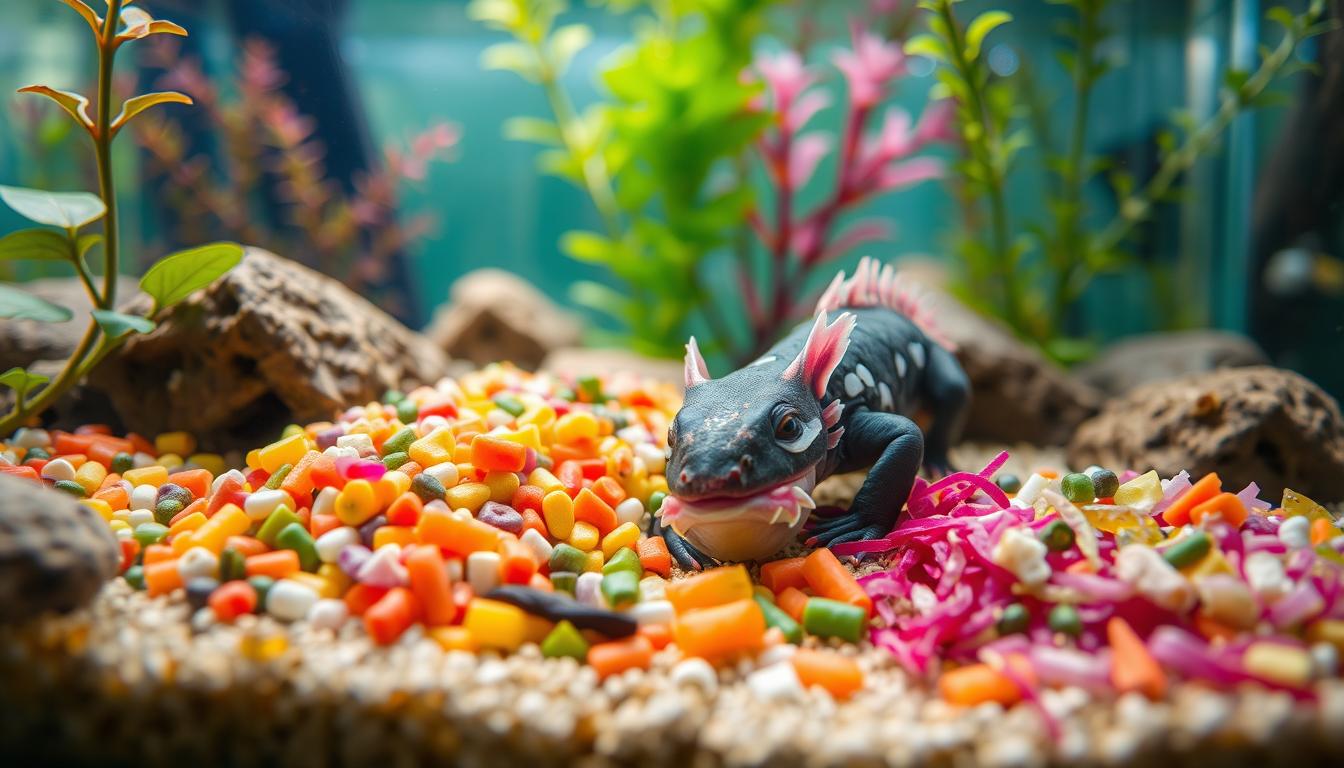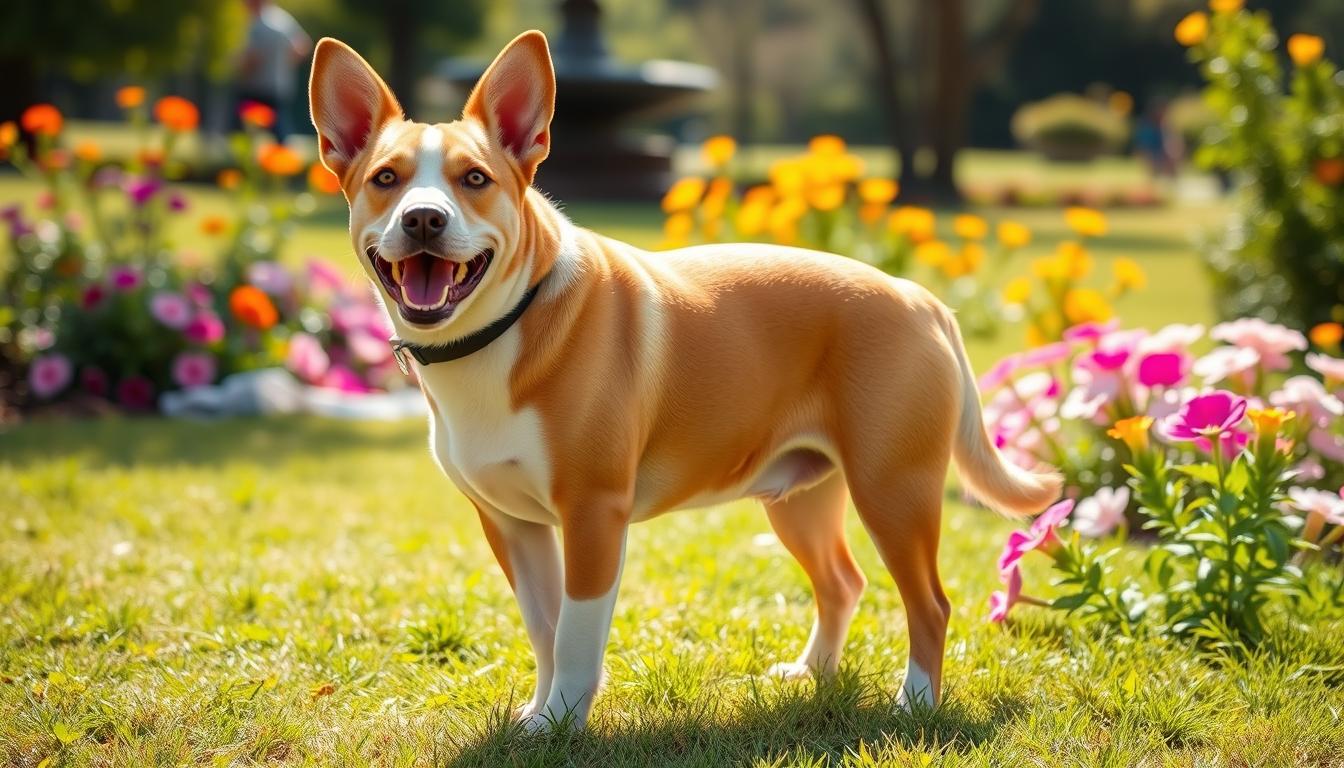The Ultimate Guide to Caring for Your Adorable Toy Aussie Puppy

The Ultimate Guide to Caring for Your Adorable Toy Aussie Puppy
Outline:
Introduction
H1: Understanding the Toy Aussie Puppy
H2: What is a Toy Aussie Puppy?
H2: Key Characteristics and Traits
H3: Size and Appearance
H3: Temperament
H1: Preparing Your Home for a Toy Aussie Puppy
H2: Puppy-Proofing Your Space
H2: Necessary Supplies for Your Toy Aussie Puppy
H1: Feeding Your Toy Aussie Puppy
H2: Choosing the Right Diet
H3: Nutritional Requirements for Toy Aussie Puppies
H3: Best Feeding Practices
H1: Exercise and Mental Stimulation
H2: Daily Physical Activity Needs
H2: Keeping Their Minds Sharp
H1: Grooming Your Toy Aussie Puppy
H2: Coat Care and Brushing
H2: Nail Trimming and Ear Cleaning
H1: Training Your Toy Aussie Puppy
H2: House Training Basics
H2: Socialization Tips
H3: Teaching Basic Commands
H1: Health Care for Toy Aussie Puppies
H2: Regular Vet Visits and Vaccinations
H2: Common Health Issues in Toy Aussies
H1: Building a Bond with Your Toy Aussie Puppy
H2: Creating a Routine
H2: Positive Reinforcement Training
H1: Traveling with Your Toy Aussie Puppy
H2: Safety Tips for Car Rides
H2: Packing Essentials for Trips
H1: Conclusion
FAQs
Introduction
Toy Aussie puppies, with their expressive eyes and energetic personalities, make the perfect furry companions for anyone looking for a smaller version of the Australian Shepherd. These adorable bundles of joy are not only incredibly cute but are also full of life and intelligence. If you’re planning to bring one home or have recently done so, this guide will walk you through everything you need to know about caring for your Toy Aussie puppy. From feeding tips to grooming advice and beyond, let’s dive into the ultimate guide to raising your Toy Aussie!

H1: Understanding the Toy Aussie Puppy
H2: What is a Toy Aussie Puppy?
The Toy Australian Shepherd, often referred to as the Toy Aussie, is a miniature version of the standard Australian Shepherd. Despite their smaller size, they carry all the same characteristics and traits as their larger counterparts, just in a more compact form. They were originally bred to be versatile working dogs, but they have gained popularity as loving pets due to their affectionate and energetic nature.
H2: Key Characteristics and Traits
H3: Size and Appearance
Toy Aussies typically stand between 10 to 14 inches tall and weigh around 12 to 17 pounds. They have a sturdy build, with expressive eyes that can come in a variety of colors, from blue to brown. Their coats are medium-length and can vary in color, including shades like blue merle, red merle, and black tricolor.
H3: Temperament
Don’t be fooled by their small size – Toy Aussies are incredibly intelligent and full of energy. They are known for being loyal, loving, and very responsive to training. Their herding instincts still shine through, making them alert and always aware of their surroundings. They thrive on companionship and can become a bit anxious when left alone for long periods.
H1: Preparing Your Home for a Toy Aussie Puppy
H2: Puppy-Proofing Your Space
Before bringing your Toy Aussie puppy home, it’s important to make sure your home is safe for your new furry friend. Move any hazardous materials, such as electrical cords, sharp objects, and toxic plants, out of their reach. Additionally, consider setting up baby gates or a playpen to keep them in a controlled space as they adjust to their new environment.
H2: Necessary Supplies for Your Toy Aussie Puppy
To keep your puppy happy and healthy, you’ll need a few essential items:
A comfortable dog bed
Puppy food (high-quality and suited for small breeds)
Food and water bowls
Leash, collar, and ID tag
Toys for chewing and mental stimulation
Crate for training and safety
H1: Feeding Your Toy Aussie Puppy
H2: Choosing the Right Diet
A well-balanced diet is crucial for your Toy Aussie puppy’s growth and overall health.Choose a premium puppy food designed specifically to meet the nutritional needs of small breed puppies.
These foods typically contain the right balance of nutrients and calories to support their energy levels.
H3: Nutritional Requirements for Toy Aussie Puppies
Toy Aussies need a diet that’s rich in protein, fats, vitamins, and minerals. A puppy food that lists real meat as the first ingredient is usually a good choice. Also, ensure the food contains omega fatty acids for healthy coat and skin development.
H3: Best Feeding Practices
Young puppies require feeding three to four times daily to support their growth and energy needs.
Keep an eye on portion sizes and avoid overfeeding, as Toy Aussies can be prone to weight gain if their diet is not properly managed. Ensure that clean, fresh water is accessible to your puppy at all times.
H1: Exercise and Mental Stimulation
H2: Daily Physical Activity Needs
Despite their small size, Toy Aussies are very active dogs. They need at least 30 to 60 minutes of exercise each day, whether it’s a brisk walk, a game of fetch, or some playtime in the yard.
H2: Keeping Their Minds Sharp
Toy Aussies are intelligent and require mental stimulation to keep them happy. Puzzle toys, training sessions, and interactive play are excellent ways to challenge their minds and prevent boredom.
H1: Grooming Your Toy Aussie Puppy
H2: Coat Care and Brushing
Toy Aussies have a medium-length coat that needs regular grooming to prevent matting and tangling. Brushing your puppy at least twice a week will help keep their coat in good condition and reduce shedding.
H2: Nail Trimming and Ear Cleaning
Don’t forget to trim your puppy’s nails every few weeks, as long nails can be uncomfortable for them. Check their ears regularly for signs of dirt or infection, and clean them as needed to prevent ear problems.

H1: Training Your Toy Aussie Puppy
H2: House Training Basics
Start house training your Toy Aussie puppy as soon as you bring them home. Establish a routine for potty breaks, and use positive reinforcement (like treats and praise) to encourage good behavior.
H2: Socialization Tips
Expose your Toy Aussie to various people, environments, and other animals during their early months. This will help them become well-adjusted, confident adults. Puppy training classes can also be helpful for socialization.
H3: Teaching Basic Commands
Toy Aussies are quick learners, so teaching them basic commands like “sit,” “stay,” and “come” can be a fun and rewarding process. Short, consistent training sessions are best for keeping their attention.
H1: Health Care for Toy Aussie Puppies
H2: Regular Vet Visits and Vaccinations
Make sure your Toy Aussie puppy receives regular check-ups with the vet to ensure they are healthy. Keep up with vaccinations and deworming schedules to protect them from common illnesses.
H2: Common Health Issues in Toy Aussies
Toy Aussies are generally healthy, but they can be prone to certain genetic conditions such as hip dysplasia and progressive retinal atrophy (PRA). Routine veterinary check-ups can identify potential health concerns early on.
H1: Building a Bond with Your Toy Aussie Puppy
H2: Creating a Routine
Toy Aussies thrive on routine. Establishing regular feeding, playtime, and potty schedules will help your puppy feel secure and confident in their new home.
H2: Positive Reinforcement Training
Always use positive reinforcement when training your Toy Aussie puppy. This includes rewarding good behavior with treats, toys, and affection, which will strengthen your bond and help them learn faster.
H1: Traveling with Your Toy Aussie Puppy
H2: Safety Tips for Car Rides
When traveling by car, ensure your Toy Aussie is secure in a crate or with a dog seatbelt to prevent accidents. Make frequent stops to let them stretch and go potty, especially on longer trips.
H2: Packing Essentials for Trips
When traveling, pack essentials like food, water, a leash, poop bags, and a favorite toy. Having familiar items can help reduce any anxiety your puppy may feel while away from home.
Conclusion
Caring for a Toy Aussie puppy is an exciting and rewarding experience. With the right care, training, and love, you’ll raise a happy and healthy companion that will bring joy to your life for many years. Just remember, patience and consistency are key, and your adorable Toy Aussie will be a loyal friend forever!
FAQs
How often should I groom my Toy Aussie puppy?
Aim to brush your Toy Aussie’s coat at least twice a week to prevent matting and keep it looking shiny.
What is the best way to train a Toy Aussie puppy?
Implement positive reinforcement methods by rewarding good behavior with treats and verbal praise.
Keep training sessions short and fun!
How much exercise does a Toy Aussie puppy need?
Toy Aussies need about 30 to 60 minutes of physical activity daily, along with plenty of mental stimulation.
What should I feed my Toy Aussie puppy?
Choose a high-quality puppy food formulated for small breeds, ensuring it meets their nutritional needs.
Are Toy Aussies good with kids?
Yes, Toy Aussies are generally good with children, especially if they are properly socialized from a young age.



